PW Audio – 1960s 2-wire (999$)
PW Audio is one of the few brands that tries to maximize the outcome of copper cables. With the 1960s prove to have found a very unique mix.
Compared to the Torfa, 1960s sounds less warm with a closer to neutral signature. Although it also provides good levels of warmth itself. The Torfa has a fuller and richer low-end with better texture. While the 1960s has a nicely organic sound as well, it’s Torfa that puts out a more natural signature to my ears.
The Torfa has a smoother, warmer and richer midrange, while the 1960s sounds more precise here. The PW cable provides more air in the mids, while the Torfa focusses on a bigger body and higher density.
Treble on the PW is sharper, shriller and more fatiguing than on the Torfa. The HanSound cable generates a smoother, richer and more pleasing top-end to me. Both cables reach similarly wide into the highs, but the PW does so with higher amplitude.
On a technical level, both cables perform very well. The sound stage of them is almost equal in dimensions, while I hear the Torfa to go just a step deeper. In terms of imaging and resolution I would give the PW the upper hand, but not by a big margin, as the Torfa is very close here.
Double Helix Cables – Clone Silver (799$)
The Clone Silver is a completely different animal than the Torfa. Both cables use 22AWG sized wires with a coaxial design. The DHC does only use silver for that though.
When comparing these two, it’s rather obvious that DHC went for a very different sound. The Clone Silver is more neutral with extreme transparency. While the Torfa aims for a rich, warm and full sound.
Bass on the Torfa is weightier, fuller and denser. Both cables reach deep into lows, but the Clone Silver edges out the HanSound here by a bit. Where the DHC keeps bass tighter bound with higher resolution and precision, it’s the HanSound that wins on texture and physicality.
Mids on the DHC are very transparent and uncoloured, while the Torfa gives colouration in the lower mids segment. You get fuller and richer instruments on the Torfa, while the Clone Silver gives you higher accuracy and resolution. The DHC brings out even finer details and renders them with at a higher rate.
The Clone Silver produces a brighter treble, however it is far from sibilance, harshness or edginess itself. With the DHC you get a smooth and silky treble, that’s free from fatigue. With the Torfa you get a softer and less forward top-end that provides generous details and air. The DHC cable produces a wider and deeper sound stage, sharper imaging and a darker background.
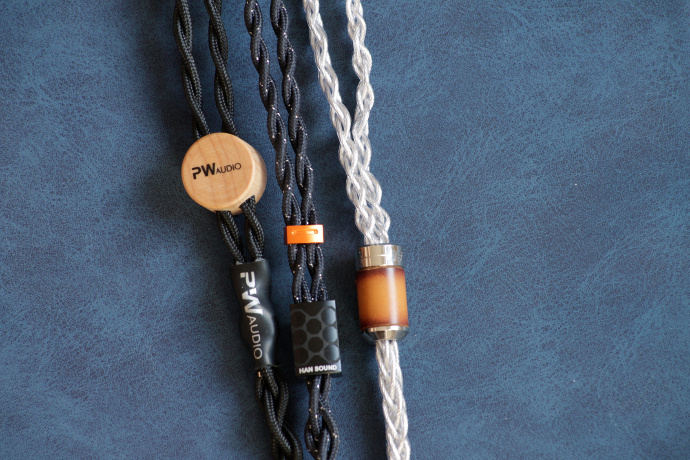
HanSound Torfa
The 4-wire comparisons start below.
Effect Audio – Leonidas II Octa (1,888$)
The 8-wire version of the regular Leonidas II cable is not on the regular menu of Effect Audio’s products. You have to ask for either an upgrade from the 4-wire, or ask to buy the 8-wire directly.
The Octa and the Torfa 4-wire are two beasts of cables that offer a different view at music. The Torfa has a slightly warmer and fuller sound, while the Leonidas II Octa tries to unleash the maximum of resolution and stage dimensions.
The Octa is more focussed on the technical side, while the Torfa also tries to enrich your musical experience. The HanSound creates a fuller and more organic sound, while the Leonidas II Octa goes the extra mile for every bit of information.
Torfa puts slightly more weight into the lows, while also enhancing the texture and resolution. Leonidas II Octa gives a tighter bass, with shorter decay and more punch. Both cables go very deep into sub-bass, and I can’t pick one out as top dog here.
The biggest difference between the two might be in the midrange. While the Torfa gives a slight boost in the lower mids, it also creates a smooth and organic midrange. The Leonidas II Octa in comparison has less weight, higher resolution and more precise texture. The Torfa though creates a more natural experience.
When it comes to treble, these two offer a different view again. The Leonidas II Octa has a more agile top end, with more sparkle and a brighter shining light. The Torfa on the other hand has a softer and more pleasing treble, that is a lesser victim to fatigue.
In terms of stage dimensions, resolution and imaging, these two perform at very high levels. The Torfa does create a slightly deeper stage with nicer layering, but the Leonidas II Octa does stretch wider with better structure. Both cables bring out very minute details in the sound, and both manage to produce them effortlessly.
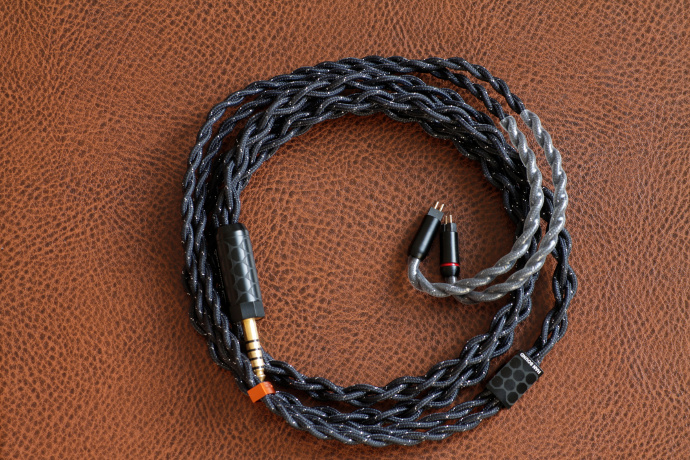
HanSound Torfa
PW Audio – 1960s 4w (1,999$)
The four-wire variation of the 1960s is very similar to the HanSound Torfa 4-wire in terms of physical appearance. Both cables are rather big and certainly put some weight on the ear. In terms of sound, these two also are alike in some ways.
The PW Audio cable has an overall more neutral signature that puts a bit more emphasis on the higher registers. The Torfa produces a more organic and natural sound with heaps of details and resolution.
The Torfa puts more weight into the low-ends and gives them a fuller body with higher density. The 1960s has a more neutral bass, that extends deep into sub-bass but without any clear preference. The Torfa gives upper bass and lower mids more focus by creating a slightly warm sound.
Mids on the Torfa sound more natural and nicer contoured. The 1960s on the other hand has higher transparency and resolution in the midrange. Torfa sounds smoother and more pleasing, while the 1960s squeezes out finer drops. Instruments and vocals have more body and sound richer on the Torfa to me.
Treble on the 1960s is more direct, dryer and more energetic. On the Torfa highs sound smoother, silkier and softer. The 1960s does have a tendency to sharpen the treble, while the Torfa does not. It keeps the highs at a safe place and never tilts towards sibilance.
In terms of sound stage dimensions it’s really hard to pick one out of the other here. But if I had to give the nod to one, it would probably be the 1960s for its marginally taller stage. The Torfa does go almost equally wide, but stretches just a tiny notch deeper. The Torfa to me has better layering and imaging. While the 1960s has a sharper cut between the instruments, it’s the Torfa that still seems cleaner here to my ears.
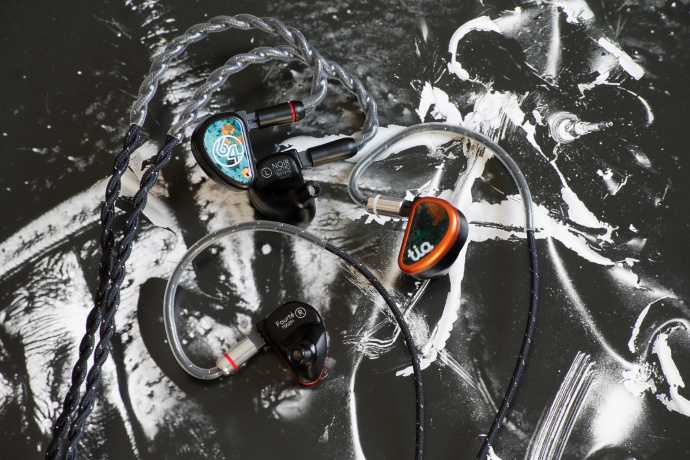
HanSound Torfa
Conclusion:
With the Torfa cables HanSound has created a unique set. Other manufacturers try to get in as many different materials as possible, experimenting with new elements. During that time HanSound has developed their own silver-gold alloy Copper flagship.
Both Torfa cables provide a sound that is hard to forget. The 2-wire gives the perfect amount of body, warmth and weight. I have found the perfect match for it in my Empire Ears Zeus XIV CIEM, which hasn’t been getting too much playtime in the past. With Torfa I have rediscovered my love for the Zeus.
With the 4-wire Torfa you’d get a maximized technical cable, that does not look past naturalism and realism. It features one of the highest resolutions and a very large sound stage. A perfect match for this cable would be the JH Audio Layla.
This has been my first HanSound review, and I am glad to have gotten the chance to try their cables. They sure left a lasting impression on me with their high quality products and sleek design. The 2-wire Torfa has quickly become one of my favourite cables on the go.
Hat’s off to HanSound for two excellent cables.





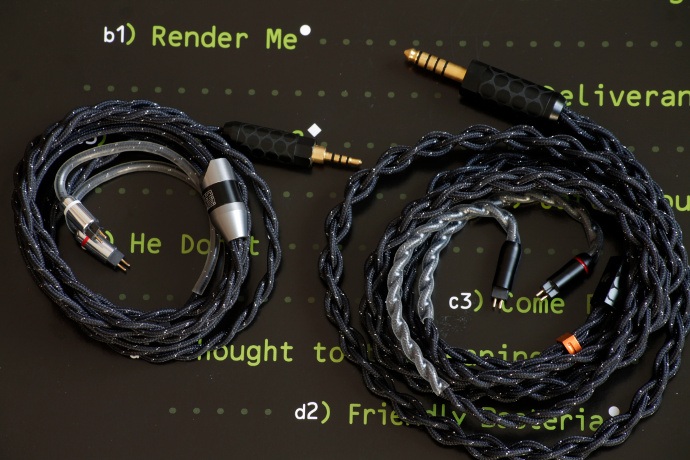
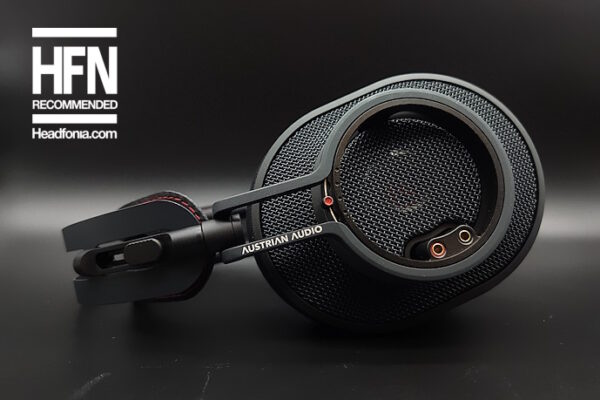

Steven Zore
Hi, Very interesting! I see Leg X and Wraith in suggested pairings, but I think the Valkyries would sound great on this also!
Jerry
Would you recommend the 2 wire version for the Tia Trio?